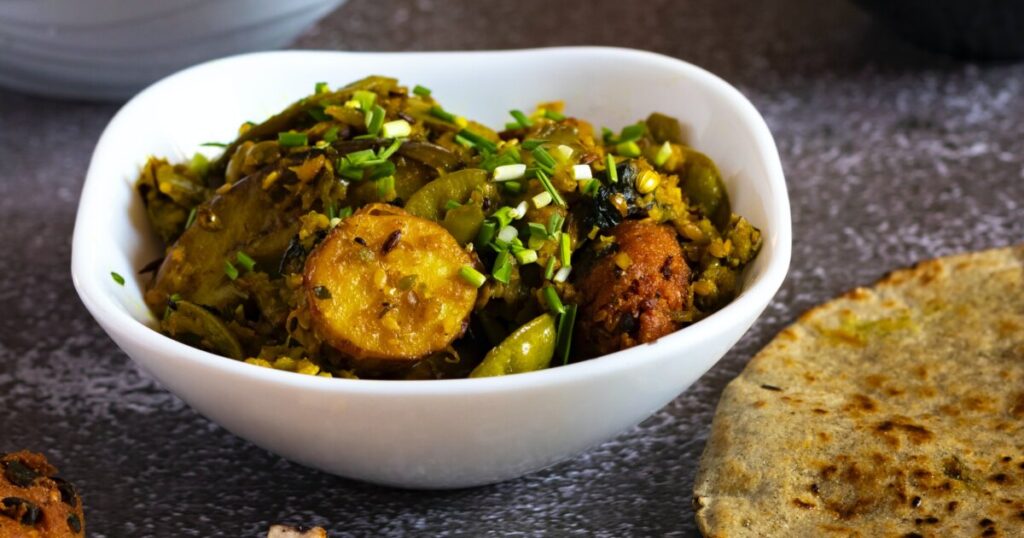14.Oct


Fruits, milk, vegetables, and many other essential food items have been subject to rising costs in the last year in India. Given that pulses and cereals account for the bulk of consumers’ food supply, these items have also experienced increased inflation. While food inflation for urban consumers is more significant at 10.4 per cent, rural inflation is still high at 7.02 per cent.
According to the Food and Agriculture Organisation (FAO) ’s 2023 global food security report, an estimated 74 per cent of the Indian population cannot afford a healthy diet. Food prices have been climbing in India since 2019, and in July 2023, they were more than 11 per cent higher than the year before, the highest inflation rate in a decade.
In July, heavy rainfall in India’s northern states damaged India’s paddy crops, while the eastern and southern regions remained dry, further stoking inflation and food insecurity.
The prices of food items now stand at more than the general inflation rate, which has led to significant social and financial implications. Other causes of high food inflation result from changes in diet, increased demand for high-value items due to rising incomes, high international pricing, and other economic factors. The government has said it is trying to curb inflation and boost supplies through imports via numerous networks, including considering importing wheat from Russia at a discounted price.
With several regional and national elections slated for the year, the government has launched several initiatives to reduce food price hikes. It has provided subsidies for vegetables like onions and tomatoes and released stocks for wheat and sugar at lower rates.
After 15 months of crisis, with an inflation rate of 7.4%, retail inflation has slightly eased to 6.8%. These benefits have yet to benefit food costs nationwide, however.
“While the month-on-month momentum of food prices has eased in August partly due to the government’s interventions, uncertainty over the impact of weak rains remains high,” said Gaura Sen, an economist at the Indian private sector bank IDFC First Bank
Experts have suggested the government introduce other fiscal and monetary policies to mitigate the crises. In this vein, the government can facilitate the reduction of tax returns on agricultural inputs and adjust interest rates to control food inflation.
Many suggest maintaining strategic food reserves at the community level can stabilise and improve food security, along with community-based supply chain management and regulatory oversight to introspect hoarding or price manipulation,
Organisations like the Akshaya Patra Foundation work on the ground and with the government to provide nutritious meals to underprivileged kids from underserved categories. Under the PM POSHAN (Mid-Day Meal) programme, they have contacted more than 2 million kids in the country to counter the increasing malnutrition levels.
Image by VD Photography.
Call to Action
Support environmental protection in India

Support now

